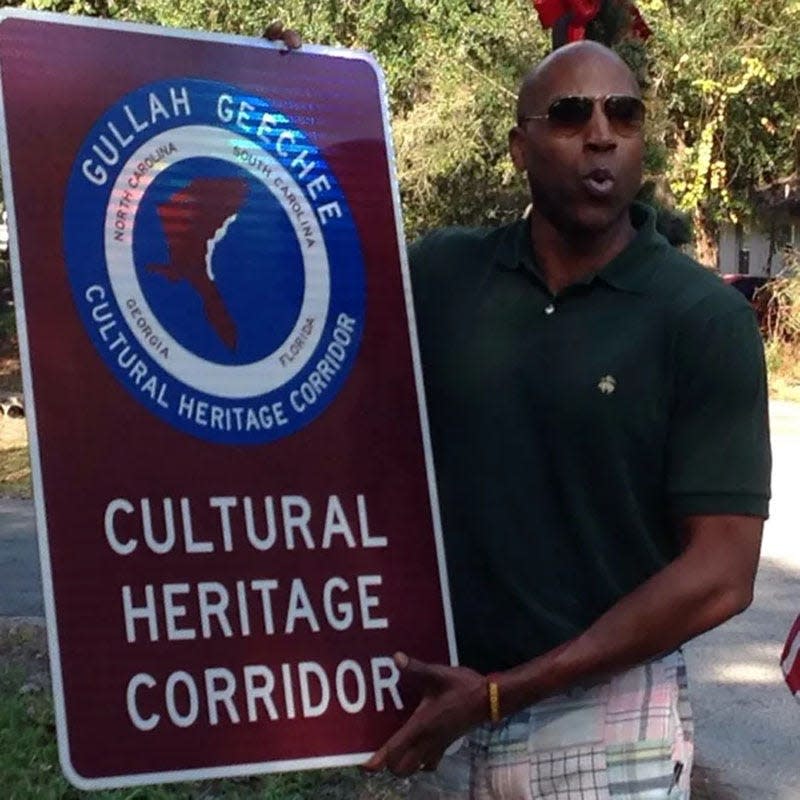This Week in St. Johns County History: St. Johns County now part of Gullah Geechee corridor
Editor's note: This story was printed by The St. Augustine Record's Peter Guinta on May 16, 2013.
Department of the Interior officials said May 15, 2013, that they've approved the final version of the Gullah Geechee Cultural Heritage Corridor Management Plan — developed to protect and preserve the culture of the Gullah people — and St. Johns County is part of it.
The 8-million-acre corridor stretches in a long arc from Wilmington, N.C., to St. Augustine.
Michael Allen, a community partnership specialist with the National Park Service, said the St. Augustine connection honors those in the African American community "who made their way to Florida with an ideal and a promise of freedom."

More: Film explores bike trails, Gullah Geechee history
And: St. Augustine's newest museum celebrates literary history of African diaspora
Though the sea islands of South Carolina and Georgia have always been the traditional Gullah home areas, descendants of West Africans brought here as slaves see themselves as Gullah, too.
St. Augustine's Derek Hankerson said his grandmother was a Gullah who came here in 1900.
"There are remnants of Gullah in Armstrong," he said. "The descendants never forgot their culture. It's about time we highlight the rich, long tradition of the West African in Florida. We've been here for 500 years."
The history books say the Gullah are the tough descendants of slaves who, during the Civil War, remained on the barrier islands of South Carolina and Georgia after the rice planters fled from the Yankees to the mainland.
Their isolation and African roots led to a separate dialect that is kept alive today by communities.
Many later migrated to Florida, Hankerson said.
Allen said that there are 49 cultural heritage areas recognized by the federal government.
"This is the only one that deals specifically with African American history," he said.
The Interior Department's announcement said the Gullah Geechee Cultural Heritage Corridor Commission will "promote the continued appreciation and protection of the natural, historic and cultural resources of the corridor."
Hankerson said St. Augustine will see a larger influx of travelers who happen to be minorities and who wish to visit Fort Mose, Little Africa (now called Lincolnville) and Armstrong, as well as Civil Rights Era markers and monuments.
This article originally appeared on St. Augustine Record: This Week in St. Johns County History: County joins Gullah Geechee corridor

